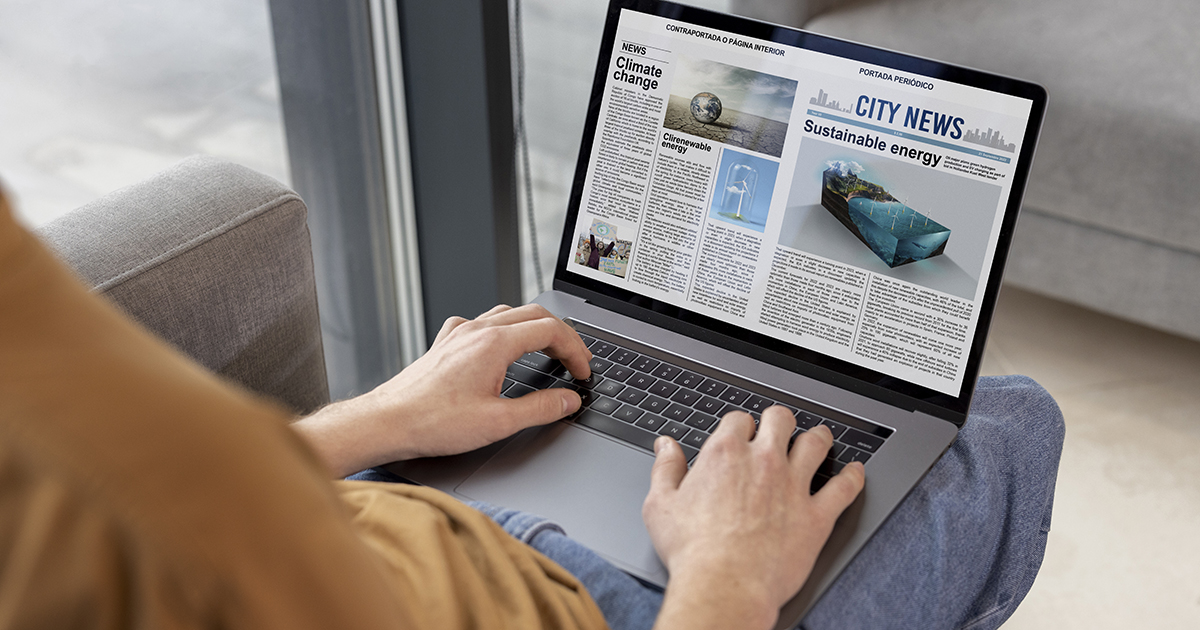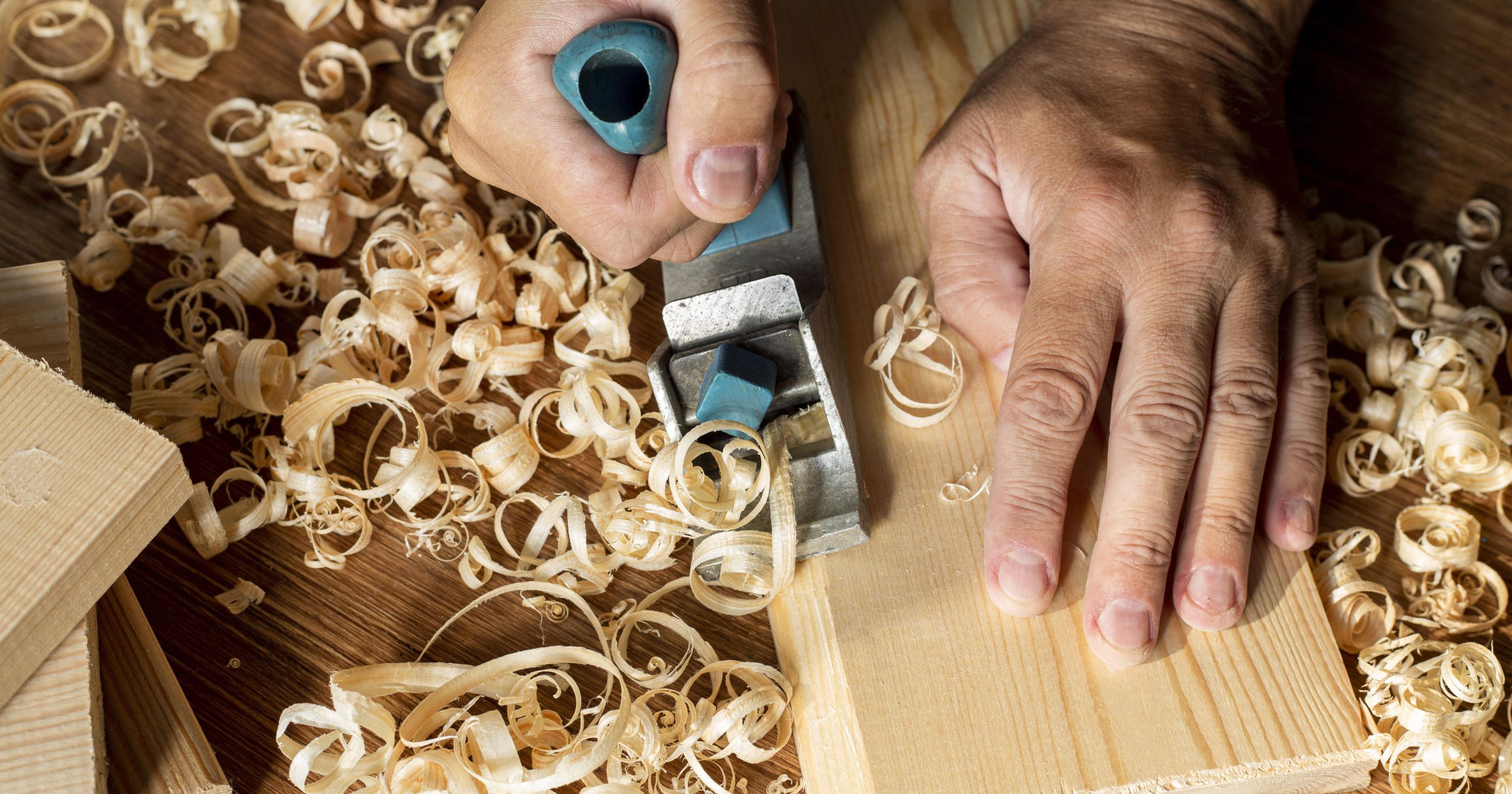As an indie artist, navigating the vast ocean of the music industry can feel overwhelming. With countless emerging sounds and styles, how do you get your voice heard? The answer lies in one powerful strategy: connecting with music blogs and online magazines. These platforms serve as vital gateways to new audiences and can significantly elevate your presence in a crowded market.
Imagine waking up to find that a popular blog has featured your latest track or that an online magazine is raving about your unique sound. Such exposure not only boosts your credibility but also opens doors for exciting opportunities—think collaborations, gigs, and even record deals! This guide will walk you through essential steps to build meaningful connections with these influential outlets while enhancing your visibility as an indie artist. Get ready to take charge of your musical journey!
The Importance of Music Blogs and Online Magazines for Indie Artists
Music blogs and online magazines hold incredible power in today’s digital landscape. For indie artists, they provide a platform to showcase their music beyond local venues or social media feeds.
These outlets often have dedicated audiences eager for fresh sounds. When your work is featured, it reaches listeners who might not discover you otherwise.
Moreover, these platforms lend credibility to your artistry. A positive review or mention can validate your efforts and attract new fans who trust the blog’s recommendations.
Collaboration opportunities frequently arise from this exposure too. Bloggers often connect artists with each other or industry professionals looking for new talent.
In essence, engaging with music blogs and online magazines can amplify your reach while fostering genuine relationships within the music community.
How to Identify Relevant and High-Quality Music Blogs and Online Magazines
Finding the right music blogs and online magazines is crucial for getting noticed. Start by exploring platforms like Hype Machine or SubmitHub. These sites highlight trending music outlets that align with various genres.
Next, dive into social media. Look at artists similar to you and see where they get featured. Check their posts for tags or mentions of specific blogs. This can lead you to potential allies in your genre.
Also, evaluate a blog’s content quality and engagement levels. High-quality articles often feature thoughtful commentary rather than generic reviews. Take note of how much interaction bloggers have with their audience; active communities indicate credibility.
Consider the blog’s reach and influence within your niche community. A smaller but dedicated following can often be more beneficial than a large platform with little connection to your style.
Best Practices for Pitching your Music to Blogs and Magazines
Crafting the perfect pitch is crucial for grabbing attention. Start with a captivating subject line that sparks curiosity. Avoid generic greetings; personalize your message to show genuine interest in their content.
Keep your email concise and straight to the point. Clearly state who you are and what makes your music stand out. Highlight relevant achievements or unique aspects of your sound without overwhelming details.
Include links to high-quality recordings, preferably through streaming platforms rather than attachments. This simplifies access for busy bloggers and editors.
Don’t forget to express gratitude for their time and consideration at the end of your pitch. A polite touch can leave a lasting impression, even if they don’t feature you right away.
Follow up after a week or two if you haven’t heard back—just be mindful not to come off as pushy or desperate.
Creating a Compelling Press Kit
A compelling press kit is your ticket to capturing the attention of music blogs and online magazines. Start with a strong bio that tells your story. Highlight what makes you unique as an artist.
Include high-quality photos that showcase your personality and style. Visuals matter; they create an instant connection with potential listeners.
Don’t forget to add links to your best tracks or music videos. A well-curated playlist can leave a lasting impression.
Make sure to provide relevant press coverage, if available. Past features build credibility and show you’re serious about your craft.
Keep it organized and easy to navigate. An attractive PDF or dedicated website section will make it easier for bloggers to find what they need without wading through unnecessary information.
Leveraging Social Media to Boost Visibility and Engagement with Bloggers
Social media is a powerful tool for indie artists looking to connect with music blogs and online magazines. Start by following the bloggers you admire on platforms like Twitter, Instagram, and Facebook. Engage genuinely with their content by liking, sharing, or commenting on their posts.
Create your own engaging content that highlights your music journey. Share sneak peeks of upcoming releases or behind-the-scenes footage from recording sessions. Tag relevant blogs when posting about your work.
Participate in discussions around trending topics in the music industry. This not only showcases your insights but also positions you as someone worth noticing.
Don’t hesitate to reach out through direct messages or comments when appropriate. Building relationships takes time, so be patient and consistent in your efforts to engage authentically with these influencers in the music space.
The Dos and Don’ts of Working with Music Blogs and Online Magazines
When reaching out to music blogs and online magazines, remember that communication is key. Always personalize your messages. A tailored approach shows you’ve done your homework and genuinely appreciate their work.
Be respectful of deadlines. If a blogger requests specific timelines or guidelines, stick to them closely. This builds trust and reliability.
On the flip side, avoid sending mass emails. Generic pitches can feel impersonal and often end up in spam folders.
Don’t forget to follow up after your initial pitch but do so sparingly. A gentle reminder is fine; bombarding them with messages can be off-putting.
Maintain professionalism at all times. Even if things don’t go as planned, being courteous leaves a lasting impression for future opportunities.
Conclusion
Navigating the world of music blogs and online magazines can be a game-changer for indie artists. These platforms provide exposure, credibility, and connections that are essential in today’s competitive music landscape. By identifying relevant publications and tailoring your approach to each one, you can amplify your presence.
Creating a compelling press kit is vital; it serves as your calling card when reaching out to bloggers and journalists. Additionally, leveraging social media not only increases visibility but also fosters relationships with influencers who might share or review your work.
Remember that while there are best practices to follow when pitching your music, authenticity should always shine through. Establishing genuine connections will lead to more meaningful collaborations down the line.
Be mindful of how you engage with these entities—respect their time and preferences while being open about what makes you unique as an artist. The journey may require persistence, but every effort invested into building these relationships pays off in the long run.
Embrace this strategy wholeheartedly; it could very well propel your music career forward in ways you’ve yet to imagine.




